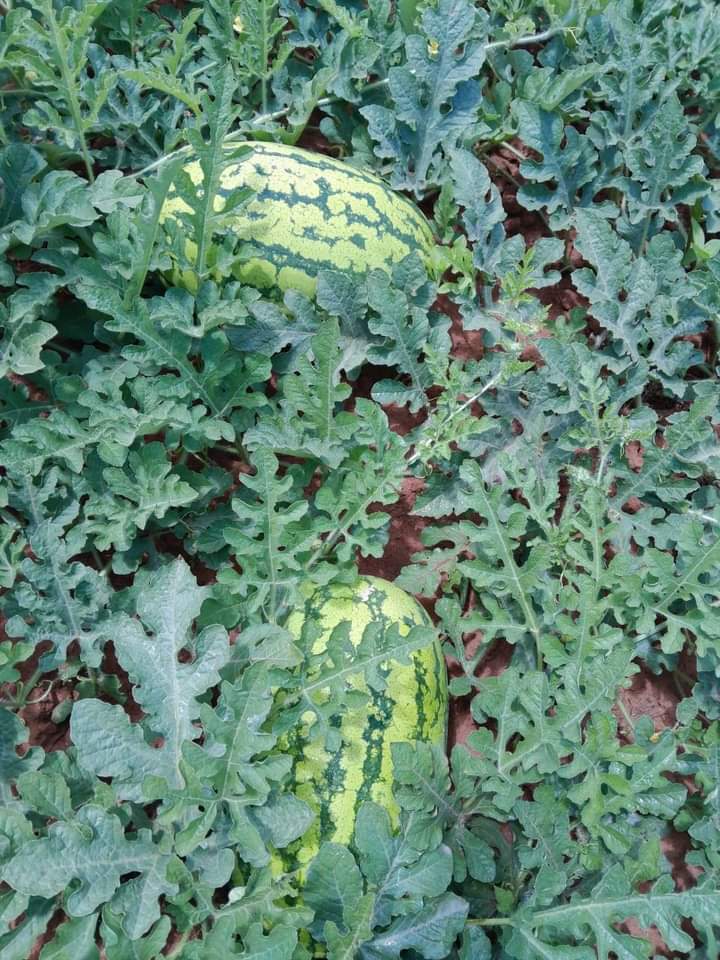Watermelon farming in Kenya presents a lucrative short-term investment opportunity with quick returns. In just about three months, investors can start reaping profits, thanks to the ever-ready market for watermelons in the country.
Watermelon holds a special place in Kenyan cuisine, with its presence on tables during breakfast, lunch, and supper. No celebration, whether it’s a wedding, birthday party, baby shower, or ruracio, is considered complete without the inclusion of watermelons. This high demand ensures not only the availability of the market but also its highly rewarding nature.
However, can anyone venture into watermelon farming and expect to make a profit? Let’s explore the requirements for a successful watermelon farming venture in Kenya.
The Incredible Nutritional Value of Watermelon
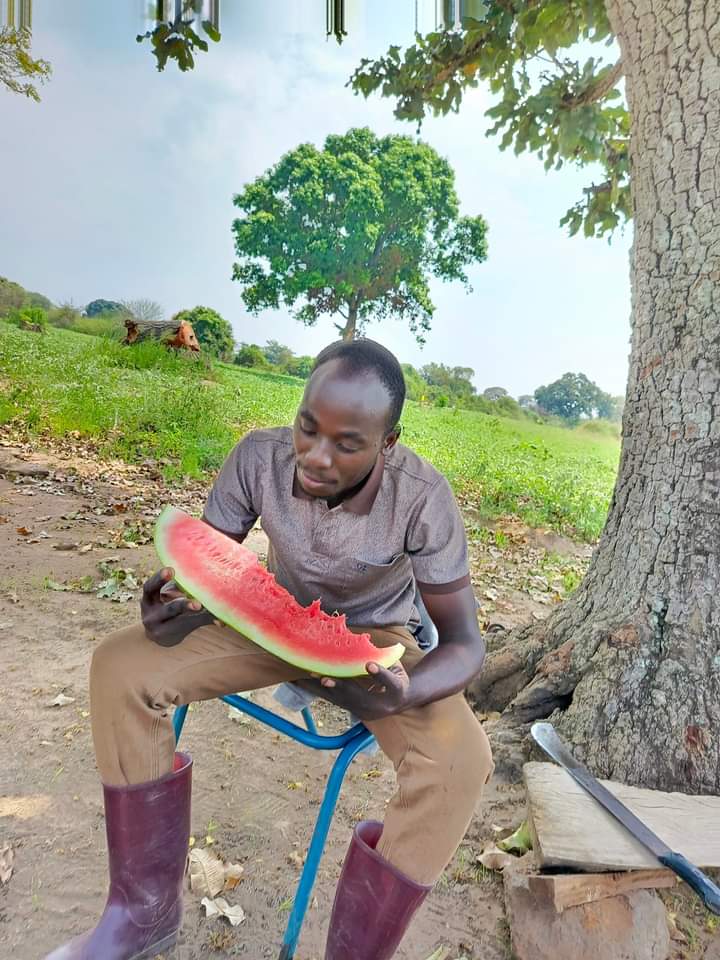
- Abundance of lycopene, a potent antioxidant known for its effectiveness in preventing certain cancers and cardiovascular diseases.
- Rich in Vitamin A, C, and B6.
- High levels of Potassium, aiding in blood pressure control and stroke prevention.
- Loaded with folate, amino acids, and various other healthy components.
- Low in calories.
- Exceptionally nutritious.
Ideal Areas in Kenya for Watermelon Farming

Climate and Soil Requirements for Watermelon Cultivation
- Kenya’s favorable climate, with temperatures ranging from 20 to 30 degrees Celsius and annual rainfall between 600mm and 1,200mm, offers optimal conditions for watermelon cultivation.
- Hot regions like Baringo, Narok, Kajiado, Machakos, and Makueni emerge as key producers due to their conducive climates.
- Watermelon thrives in well-draining sandy loam soil with a pH of 6.0 to 7.0, ensuring optimal growth and fruit quality.
- Adequate moisture levels are vital throughout the growing season, requiring consistent watering.
- Prior to planting, enriching the soil with a balanced, slow-release fertilizer is recommended to provide essential nutrients for plant development.
- Maximum sunlight exposure, at least 8 hours per day, is essential for producing sweet, juicy fruit.
Watermelon Planting
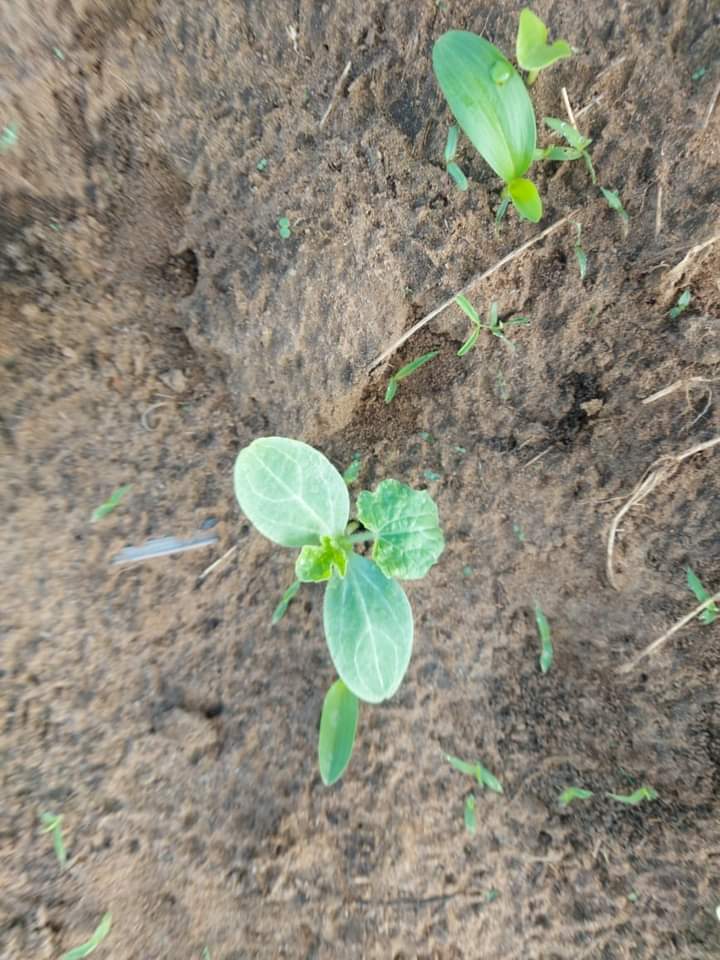
- Choose the Right Time and Location:
- Select a sunny location with well-drained soil on your farm.
- Watermelons thrive in warm weather, so plant during the appropriate season.
- Spacing and Preparation:
- Space rows 3 to 6 feet apart, with individual plants placed 3 to 4 feet apart within rows.
- Prepare the soil by loosening it and removing any debris.
- Planting:
- Dig holes twice as wide and deep as the root ball of the seedling.
- Add a layer of compost or well-rotted manure to the bottom of each hole for added nutrients.
- Place one seedling in each hole and backfill with soil, gently patting it down around the roots.
- Watering:
- Thoroughly water the seedlings after planting to help them settle into the soil.
- Keep the soil consistently moist as the plants grow, ensuring they receive about 1 inch of water per week.
- Maintenance:
- Monitor soil moisture levels to prevent waterlogging.
- Optionally, provide support for the plants as they grow to prevent the fruit from touching the ground, using methods like trellising or staking.
- Additional Resources:
- Obtain ready-to-plant seedlings from reputable nurseries like Richfarm Kenya, available in locations such as Embu and Naivasha.
Watermelon Farming in Kenya: Pests and Diseases
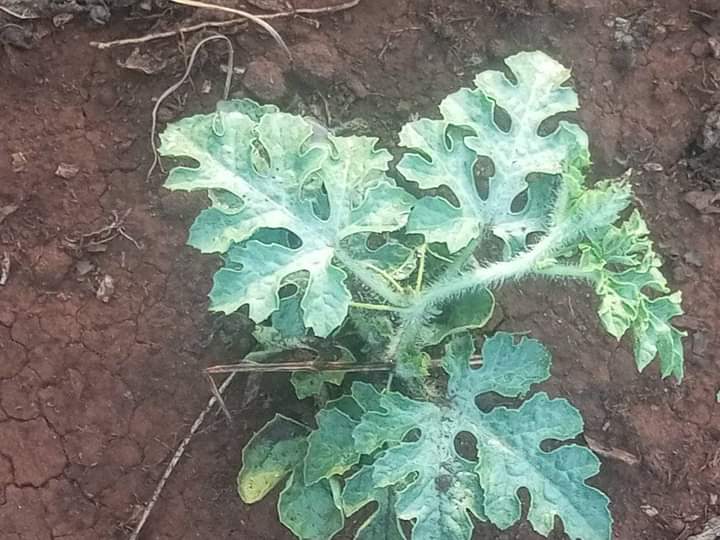
Pest Control:
- Cutworms:
- Drench soil with PROFILE® 440EC 60 ml/20L or PENTAGON® 50EC 20 ml/20L.
- Melon Fly:
- Spray KINGCODE ELITE® 50EC 10 ml/20L or PROFILE® 440EC 30 ml/20L or OCCASION STAR® 200SC 3 ml/20L.
- Red Spider Mites:
- Spray ALONZE® 50EC 5 ml/20L or OCCASION STAR® 200SC 3 ml/20L.
- Whiteflies:
- Spray TAURUS® 500SP 10 g/20L or LEXUS® 247SC 8 ml/20L or KINGCODE ELITE® 50EC 10 ml/20L.
- Leaf Miners:
- Spray ALONZE® 50EC 5 ml/20L or ESCORT® 19EC 10 ml/20L or LEXUS® 247SC 8 ml/20L or OCCASION STAR® 200SC 3 ml/20L.
- Epilachna Beetles:
- Spray KINGCODE ELITE® 50EC 10 ml/20L or SINOPHATE® 750SP 20 g/20L or LEXUS® 247SC 8 ml/20L.
- Aphids:
- Spray KINGCODE ELITE® 50EC 10 ml/20L or PENTAGON® 50EC 10 ml/20L or LEXUS® 247SC 8 ml/20L.
- Thrips:
- Spray ALONZE® 50EC 5 ml/20L or OCCASION STAR® 200SC 3 ml/20L.
- Nematodes:
- Drench planting holes with ALONZE® 50EC 10ml/20L or mix basal fertilizer, 50kg with 2kg of ADVENTURE® 0.5GR.
Disease Management:

- Damping Off:
- Drench planting holes with PYRAMID® 700WP 100 g/20L.
- Powdery Mildew:
- Spray RANSOM® 600WP 15 g/20L or DOMAIN® 250EC 10 ml/20L or ABSOLUTE® 375SC 10 ml/20L.
- Anthracnose:
- Spray RANSOM® 600WP 15 g/20L or DUCASSE® 250EW 20 ml/20L or ABSOLUTE® 375SC 10 ml/20L or KATERINA® 720SC 40 ml/20L.
- Downy Mildew:
- Spray GEARLOCK TURBO® 250WP 25g/20L or FORTRESS GOLD® 720WP 40g/20L or TOWER® 720WP 50g/20L or KATERINA® 720SC 40ml/20L.
- Watermelon Mosaic:
- Control aphids by spraying KINGCODE ELITE® 50EC 10 ml/20L or PENTAGON® 50EC 10 ml/20L or LEXUS® 247SC 8 ml/20L.
- Leaf Spots:
- Spray RANSOM® 600WP 15 g/20L or CHARIOT® 500SC 20 ml/20L or ABSOLUTE® 375SC 10 ml/20L or MILESTONE® 250SC 10 ml/20L.
- Fusarium Wilt:
- Drench with GREENCOP® 500WP 100g/20L.
- Foliar spray with PYRAMID® 700WP 50g/20L or ABSOLUTE® 375SC 10 ml/20L after every 2 weeks.
Additional Tips:
- Enhance the effectiveness of foliar sprays by adding INTEGRA 3ml/20L, which acts as a sticker, spreader, and penetrant.
- Use CADILAC® 800WP 50g/20L as a preventative fungicide against diseases like anthracnose, downy mildew, and leaf spots.
Strategies for Increased Production
To enhance yields, Kenyan farmers employ a range of techniques including crop rotation, meticulous soil management, and the application of fertilizers and pesticides. Additionally, irrigation plays a vital role, particularly in regions with insufficient rainfall.
Profit Analysis: Watermelon Farming Ventures in Kenya
Watermelon cultivation in Kenya holds promise as a lucrative venture for farmers, boasting relatively low production costs due to the ready availability of essential inputs like seeds, labor, and land. With approximately Ksh11,000 invested in half a kilogram of seeds, sufficient for one acre, initial expenses remain reasonable.
While irrigation infrastructure may require initial investment, it significantly enhances yields and fruit quality, potentially justifying the cost. Labor expenses, averaging around Ksh500 per day, may vary depending on farm size and cultivation techniques employed.
In terms of returns, watermelon farming demonstrates promising prospects. With an average yield ranging from 15,000 to 20,000 kg per acre and a market price of approximately Ksh30/kg, farmers stand to generate substantial gross incomes. Depending on management practices and climatic conditions, gross earnings per acre can range from Ksh450,000 to Ksh600,000.
However, it’s crucial to acknowledge the dynamic nature of the agricultural sector. Market fluctuations, climatic variability, pest pressures, and management strategies can influence outcomes. Adapting to local conditions and conducting thorough research are imperative for success in watermelon farming endeavors in Kenya.
Harvesting Time
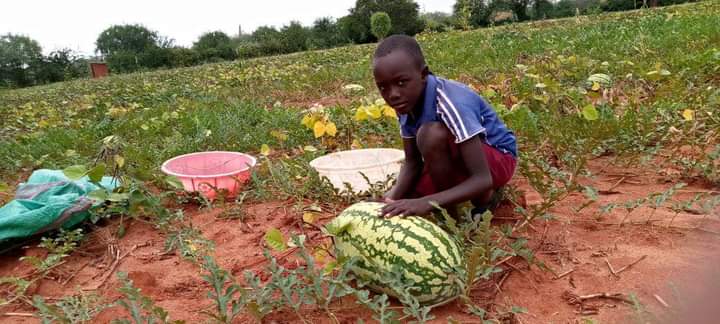
Signs of Watermelon Ripeness:
- Dull Hollow Sound: When tapped with knuckles, the fruit produces a dull hollow sound, indicating ripeness.
- Stem Cracking: Near the mature fruit, the stem may crack, signaling readiness for harvest.
- Skin Color Change: The skin transitions from white to cream or pale yellow where the fruit has been in contact with the soil.
- Breakup of Green Bands: Green bands at the blossom end of the fruit begin to break up as it ripens.
- Tendril Death: Tendrils near the fruit die off as it reaches maturity.
- Skin Resistance: The skin becomes resistant to penetration by the thumbnail and feels rough to the touch.
Hurdles in Watermelon Farming: Challenges Faced by Kenyan Farmers
Challenges in Watermelon Farming in Kenya:
- Disease, Pest, and Weather Vulnerabilities: Watermelon crops face threats from diseases, pests, and adverse weather conditions, resulting in substantial losses for farmers.
- Limited Access to Modern Farming Practices: Small-scale farmers often lack access to modern farming techniques, which can hinder their productivity and yield potential.
Addressing Challenges:
Efforts are underway by various organizations and government agencies to support farmers in overcoming these challenges. Initiatives include:
- Training Programs: Providing farmers with training on improved farming practices and disease management strategies.
- Access to Resources: Offering resources such as high-quality seed varieties and appropriate farming techniques to enhance productivity.
- Mechanization: Introducing mechanization of farming activities to increase efficiency and reduce labor requirements.
Richfarm Kenya, among other organizations, plays a crucial role in supporting small-scale farmers by offering training and extension services aimed at improving their farming practices and overall yield.
